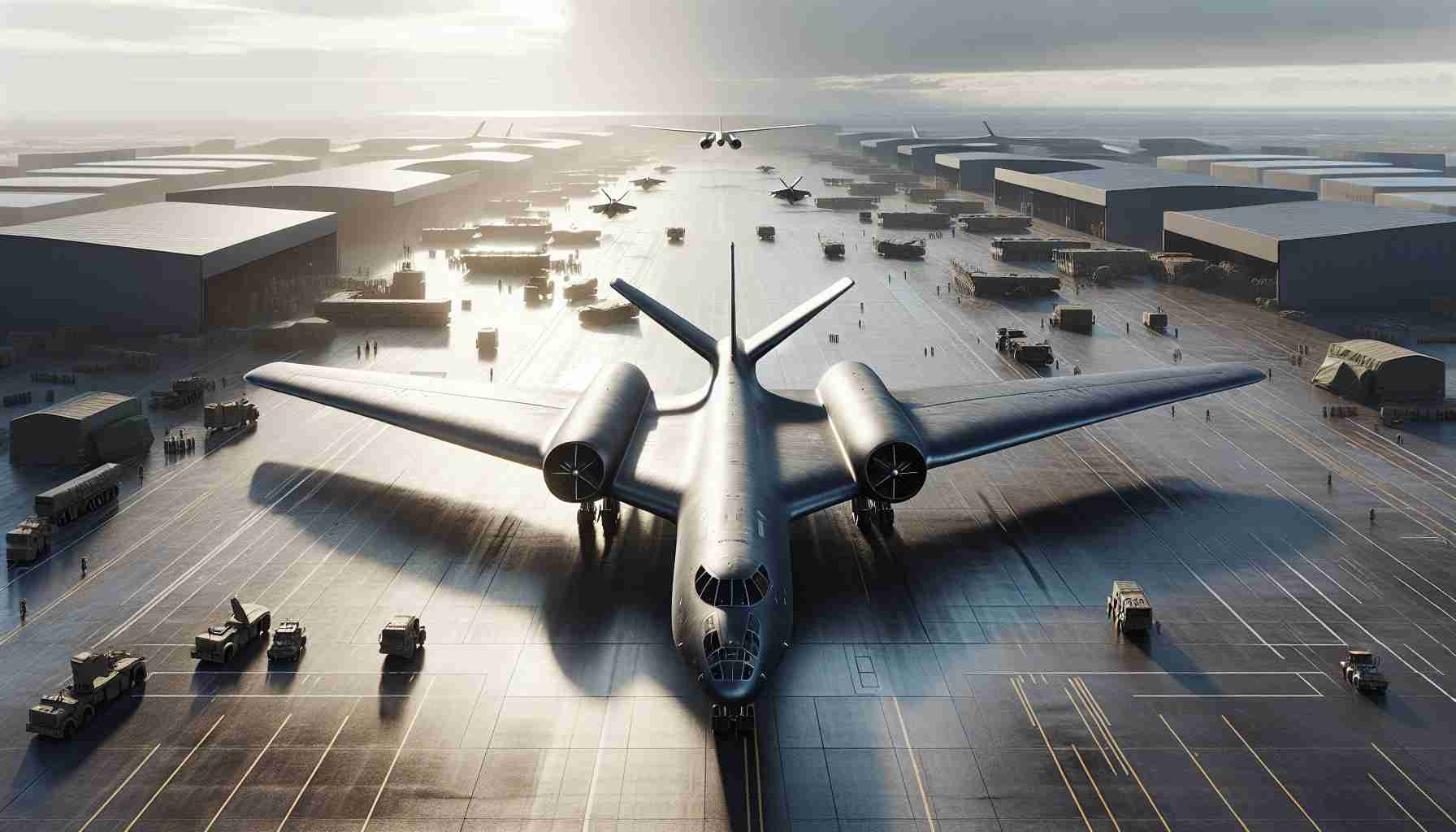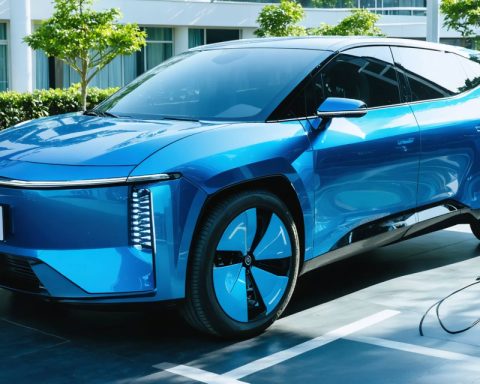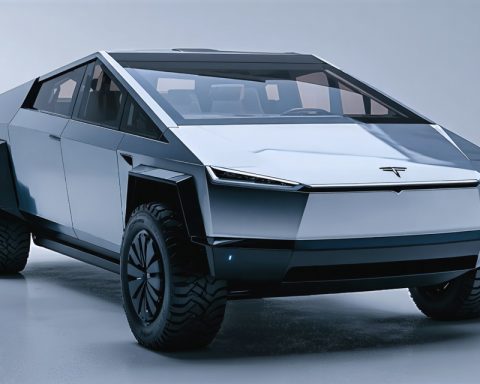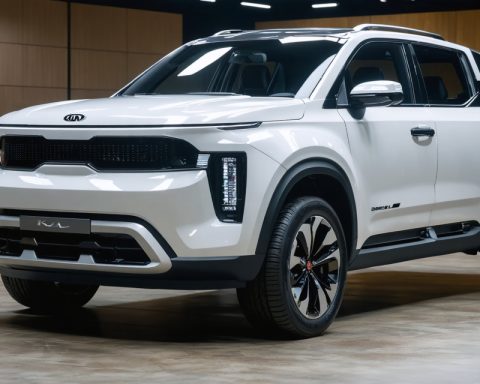In 1999, a groundbreaking Congressional report raised alarms about the sustainability of America’s bomber fleet. Experts warned of advancing air defense systems, aging aircraft, and the obsolescence of non-stealth planes by 2037. These pressing challenges spurred the U.S. Air Force to seek innovative solutions, leading to the intriguing proposal of the FB-22—a modified version of the F-22 fighter jet.
The FB-22: A Strategic Pivot
The Air Force aimed to transform the renowned F-22 Raptor, known for its stealth and agility, into the formidable FB-22 bomber. This ambitious plan involved modifying the aircraft’s design to meet modern military needs cost-effectively. By leveraging existing F-22 technology, the Air Force proposed several transformative changes: redesigning wing structures with potential delta wing configurations, removing vertical stabilizers in some concepts, expanding weapon bays, and increasing fuel capacity.
The Promise of Enhanced Firepower
The proposed FB-22 promised a groundbreaking increase in payload capacity—capable of delivering 30 to 35 Small Diameter Bombs, significantly more than the F-22’s current capability. More astonishingly, it aimed to triple the F-22’s range from 600 to 1,600 miles, positioning it as a versatile regional bomber akin to past legends like the F-111 Aardvark.
Missed Opportunity or Strategic Redirection?
Despite its potential, the FB-22 project never came to fruition. Shifts in strategic priorities, budgetary constraints, and emerging technologies led the Air Force to shift focus towards the Long Range Strike Bomber program, ultimately resulting in the B-21 Raider. This decision underscores the dynamic nature of military innovation and the constant quest for superior air capabilities. The concept of adapting existing platforms like the FB-22 continues to influence the ever-evolving landscape of air warfare.
Unveiling the Unknown: The FB-22’s Promise and Its Legacy
As military technology advances at a breakneck pace, innovative concepts frequently emerge to address evolving defense challenges. Among these is the intriguing, yet unrealized, FB-22 project, a bold adaptation of the F-22 Raptor into a regional bomber. Although the world never saw the FB-22 take flight, its groundwork laid important insights and potential routes for future defense strategies.
Insightful Innovations in Aviation Design
The FB-22 project sparked discussions that are still relevant today in the field of military aircraft design. The proposed modifications, such as delta wing configurations and expanded capacities in both weaponry and fuel, showcase the innovative thinking required to repurpose existing technologies. The concept of a stealthy, fast, and long-range bomber remains compelling, guiding current and future aerospace endeavors.
Strategic Trends and Military Design Shifts
The attempted transformation of the F-22 into the FB-22 highlights important trends within military procurement strategies:
– Adaptation Over New Development: By modifying pre-existing aircraft like the F-22 rather than designing a new model from the ground up, the project represented a potentially more cost-effective and faster route to enhanced military capabilities.
– Extended Range and Payload: The FB-22’s design aimed to radically extend operational range and payload, reflecting the increasing need for versatile platforms capable of performing diverse roles.
– Evolving Defense Needs: The project’s deferral in favor of the B-21 Raider underscores the importance of responding swiftly to strategic shifts, ensuring readiness for contemporary and anticipated threats.
Market Analysis and Future Predictions
The FB-22 case remains a compelling study within the larger defense market analysis. It serves as a precursor to understanding the balance between innovating current platforms and investing in entirely new solutions. As nations ramp up their defense budgets, striking this balance is a growing consideration among military strategists.
Sustainability and Military Air Power
Today, military forces are increasingly tasked with sustainability. The FB-22 concept, being a redesign, speaks to the need for military projects to consider not only effectiveness but also environmental impact and cost-efficiency. As sustainability gains traction, future projects might look at eco-friendly materials and fuel alternatives as integral components of aircraft designs.
Predictions for Military Aviation
Looking ahead, advancements in technology may make some of the FB-22’s concepts feasible. We may see increased integration of AI, enhanced stealth materials, and hybrid propulsion systems. The ongoing dialogue surrounding the FB-22 exemplifies enduring inquiries into what is possible within aerospace technology.
For those interested in following similar advancements in aviation and military technology, check out the latest updates and insights from reputable sources like the Northrop Grumman.












